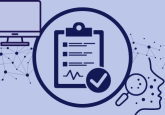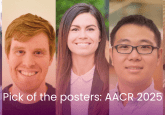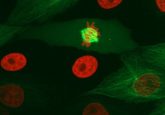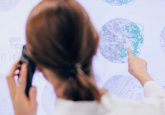ALS therapy research project launches with aiForward
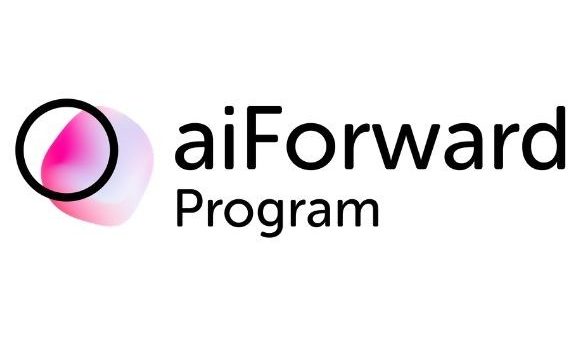
Neurotrophic factors give neurons life. They are a group of molecules that support and enhance the growth and survival of neurons. The Voutilainen Lab studies regenerative neuroscience at the University of Helsinki’s Institute of Biotechnology. The lab’s mission is to identify treatments for diseases such as amyotrophic lateral sclerosis (ALS); a fatal neurodegenerative disease that leads to paralysis within just a few short years of diagnosis. There is currently no cure for the disease.
Two students in the lab, Liam Beckett and Jaan Korpikoski, are focusing their research on a novel protein with trophic factor properties, currently one of the most promising therapeutic candidates for ALS. The ultimate aim of this project is to take a drug candidate to clinical trial and to translate the results for the benefit of ALS patients. The aiForward program aims to accelerate this research.
Discovering new therapies for a debilitating disease
Liam came from the UK to brave the cold in Finland and start his PhD studies after years of experience in drug development research. Liam supervises Jaan, who is a master’s student. Both decided to focus their studies on ALS to help combat the devastating disease. “Therapy is very limited. When you get an ALS diagnosis you have a very short lifespan. It is a very debilitating disease and it is a huge burden for not only the patient but also for their care-giver” Jaan explains.
In order to assess the effects of the molecule in question their research relies heavily on the histological analysis of spinal cord samples from mouse models of the disease to identify and quantify motoneurons. With traditional methods this requires many hours of manual counting — a slow, tedious, and often unreliable methodology particularly as the neurons in question show a much variability. Therefore, when the aiForward program was introduced to Jaan, he was excited by the possibility of automating and standardizing this process.
Advancing research on promising drug candidate with AI
“Before I did not think that AI could do something like this, but then once I was shown with Aiforia, it became clear that this is what I want to use,” Jaan describes his reaction after being introduced to the platform. After his application was accepted Jaan started to develop the AI models himself through Aiforia Create, by training the AI to look for specific motoneurons. “We need an algorithm that counts them every single time, in the same way and then we can have reliable data. We need to decrease the variation as much as possible.”
The ALS aiForward project is in its early stages but both Liam and Jaan are already impressed with the technology and its clear benefits to their neuroscience research: “It is extremely difficult for researchers to identify these neurons by eye. Aiforia is especially helpful that it actually provides a standardized method. This is one of the biggest challenges for us in this research,” explains Liam. “It can also see things that most likely we cannot,” he adds.
Neither researcher had used AI before but within a few weeks’ time Jaan had begun to train his first AI model without the need for any coding: “I was surprised with Aiforia how easy it is to train the AI and how well it works. You just tell it what to look for,” he describes. Both are now looking forward to seeing this AI model in action and advancing their ALS research.
Applications to the aiForward program are accepted on a continuous basis. Apply here.
Learn more about Aiforia here.

